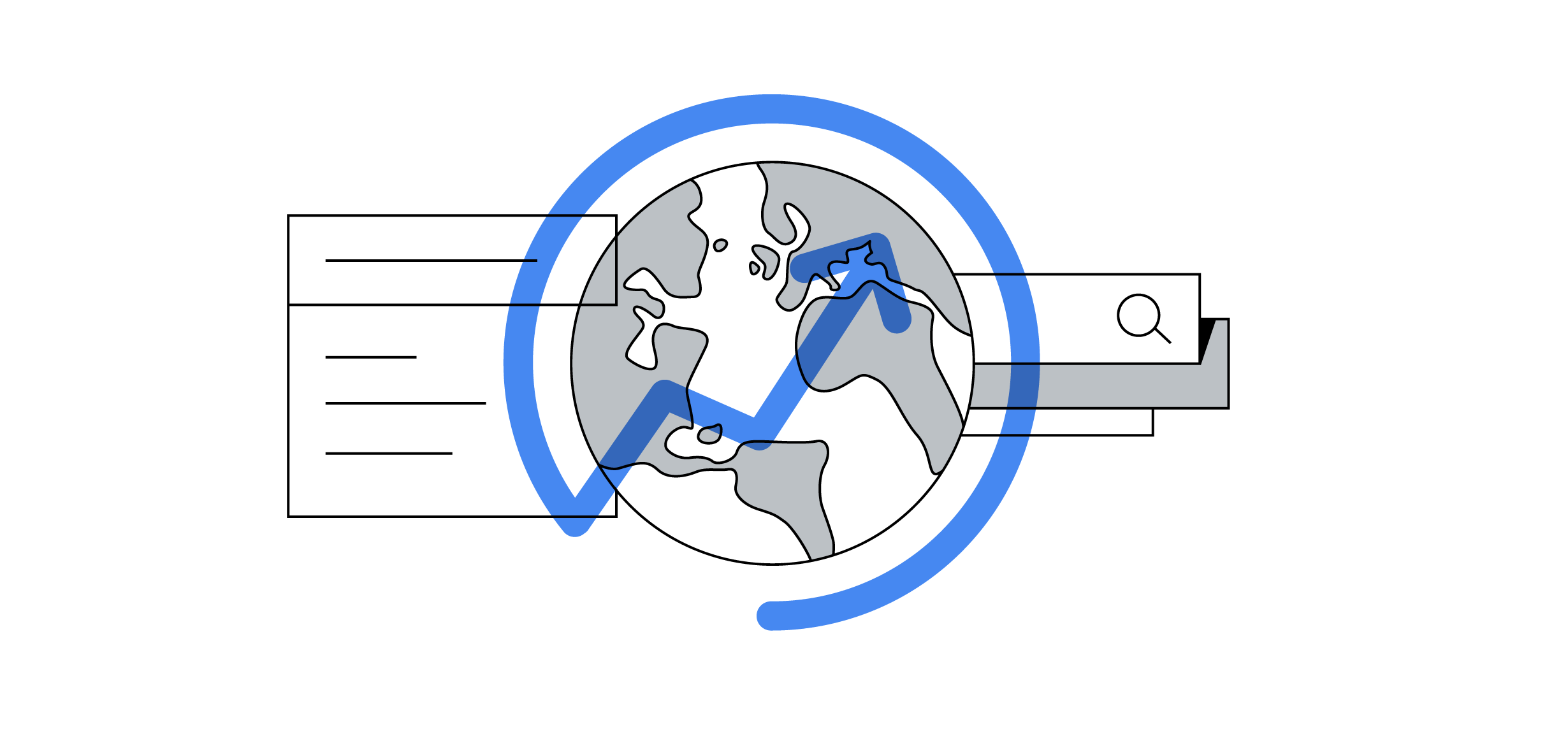Fostering a diverse and inclusive workplace has always been the right thing to do. However, now more than ever, there is a solid business case to get diversity, equity and inclusion (DEI) right or risk losing the unique opportunities that it affords to Southeast Asia (SEA) marketers. A diverse and inclusive workforce can be advantageous for companies — making them more innovative, more profitable and more likely to retain and attract talented employees.
SEA has more than 100 ethnic groups and 655 million people speaking over 1,000 languages and dialects, making it one of the most diverse regions in the world. But what’s not always acknowledged is the region’s significant hidden diversity.
In our survey of the state of DEI in SEA, we explored six areas of diversity beyond obvious minority identities — gender, age, ethnicity, nationality, LGBTQ+, and disabilities — and uncovered that diversity is significantly more nuanced here than the rest of the world. For example, in our sample, we found a significant minority response, with 15% of people identifying as LGBTQ+, higher than the global average of 12%, while around 120 million people — just under 1 in 5 people — reported living with a form of disability, amounting to a population size bigger than that of the Philippines.
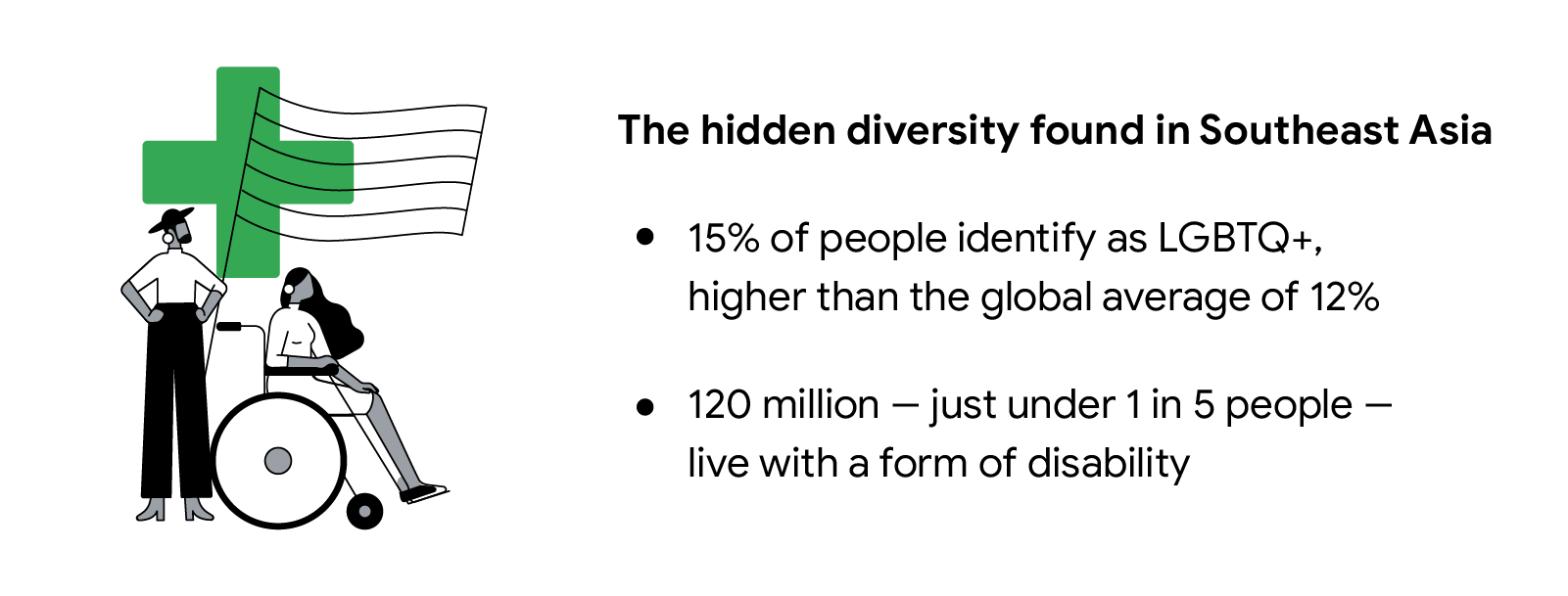
Because SEA is such a diverse region, both the dividends of diversity and the costs of ignoring DEI interventions are higher than in other markets.
With expectations growing among employees in traditionally underrepresented groups for companies to implement DEI initiatives, there’s never been a more important time to create a welcoming working environment for your people and boost your bottom line.
Here, we explore the costs of ignoring such a vast pool of diverse talent in SEA and the opportunities available for those that get it right.
3 ways DEI impacts your bottom line
1. Diversity increases innovation and revenue
By not using diverse resources to their advantage, companies could expose themselves to leaving significant value on the table. We found a correlation between diversity and innovation and profit, with companies with above-average diversity in leadership teams seeing an increase in innovation by 19%, while diversity-driven companies saw a 14% higher share of revenue from new products.

Not only is diversity helping to create new avenues of revenue through new products and innovations, but also, around 71% of consumers are more likely to buy a product that aligns with their values.
2. The cost of losing employees to a more inclusive organization
More and more employees say they want a workplace free of bias in which their voices are heard and their contributions are recognized. Employees in SEA said they would leave their current employer if those baseline criteria weren’t met.

In our survey, 57% of all respondents — and 90% of those from underrepresented groups — said they would consider leaving their job for one that offers better work–life balance, more equitable career development opportunities, defined anti-discrimination strategies and a senior leadership team committed to DEI causes.
A recent study estimates the cost of replacing those workers at 2% to 3% of staff costs each year, or more than $25 billion — more than double Procter and Gamble’s annual global advertising budget.
There are likely significant indirect costs too, like reduced productivity, lost knowledge and decreased staff morale.
How likely are employees to leave their jobs if baseline criteria aren’t being met?
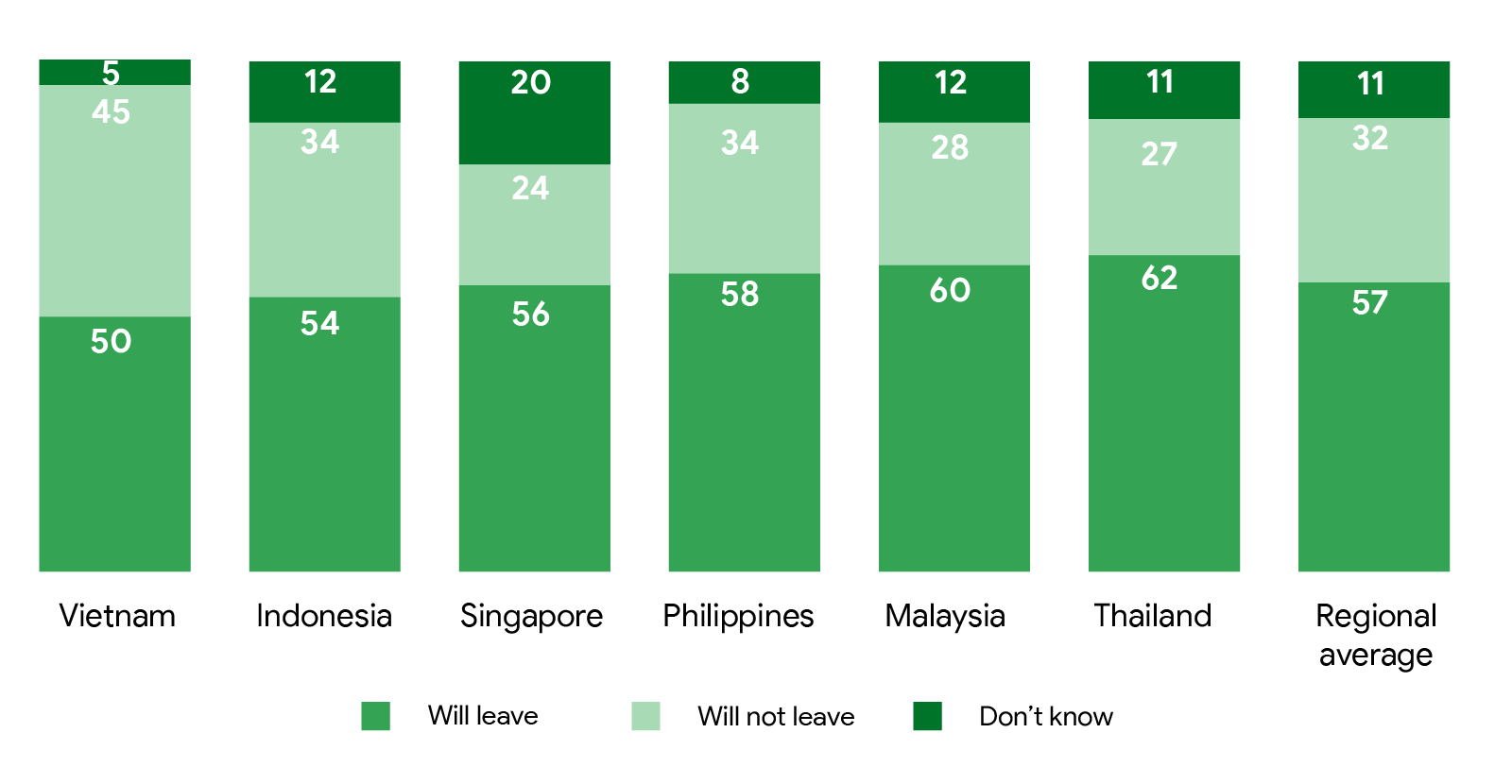
3. Higher competitive advantage and lower financial risk
By hiring people from different backgrounds and ensuring that their voices are heard, companies can benefit from differing perspectives on problems, avoid groupthink and solve challenges in unconventional ways.
At companies where leadership teams are committed to DEI, 92% of employees agree that the organization is on an upward trajectory, while 82% say they are more prepared for the digital economy and 75% believe the company is outperforming others in their respective industries.
Commitment to DEI positively impacts the perception of a company’s performance and competitiveness
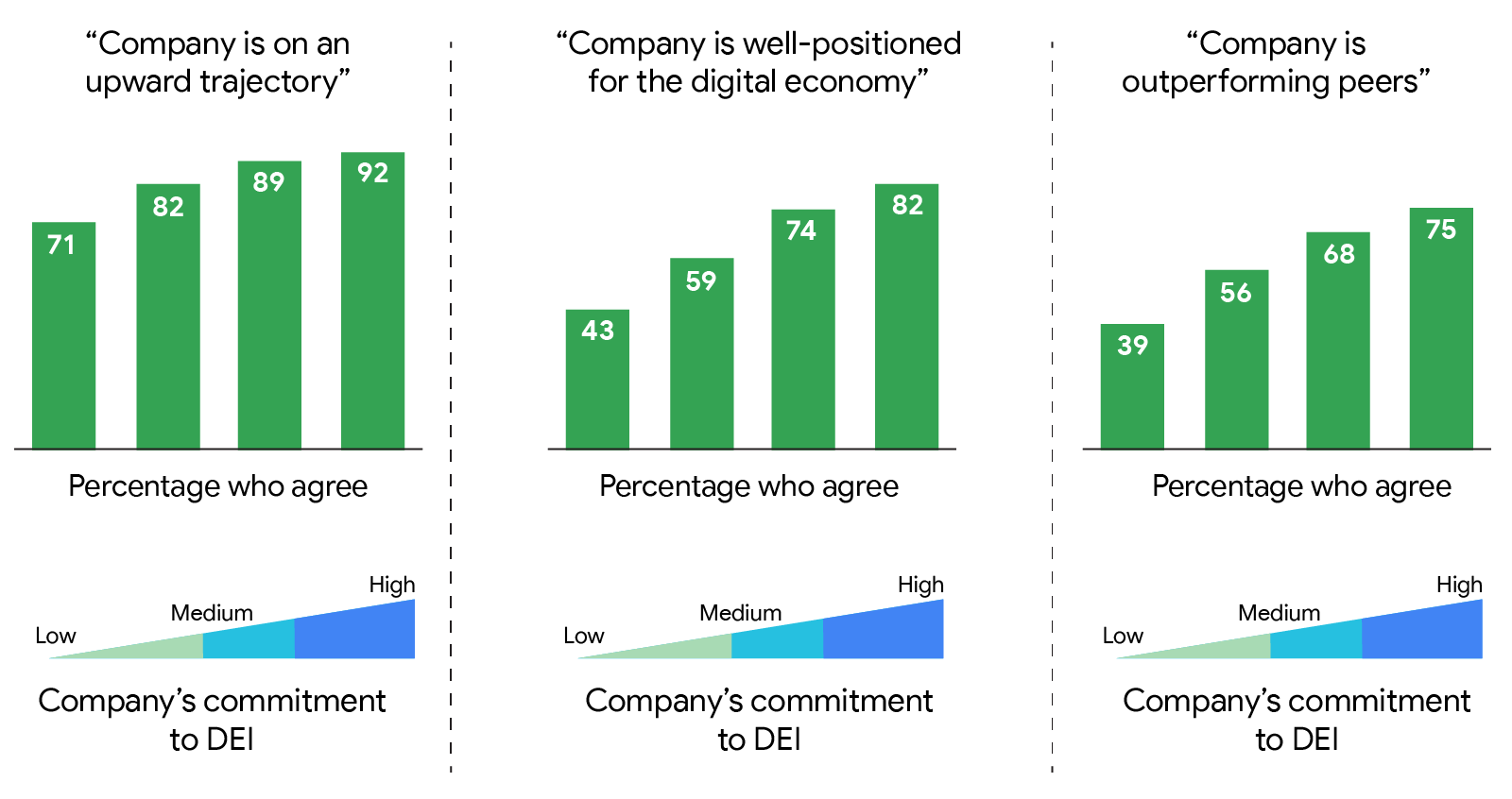
In another study by the BCG Henderson Institute, researchers found a correlation between diversity and a company’s vitality, with “vitality” defined as a firm’s ability to reinvent itself in response to evolving market challenges.
Companies with above-average diversity on their leadership teams also reported 9% higher EBIT margins, an indication of lower financial risk.
The opportunities for DEI in SEA
There is a large untapped value that SEA companies are missing out on by failing to focus on DEI. With DEI efforts still in nascent stages in most firms, there is much work to be done — only 58% of SEA companies report having a DEI program, while the global average is 96%.
At the same time, globally, only 37% of respondents felt that underrepresented groups were facing obstacles, while in SEA, this number was much higher at 50%.
The opportunity for change becomes even more evident when we see that employees in SEA indicate that they are twice as likely to benefit from diversity initiatives relative to global benchmarks.
Despite agreeing there are obstacles, people in SEA see a greater benefit to adopting DEI programs, which should incentivize companies to help close the gap on the global average
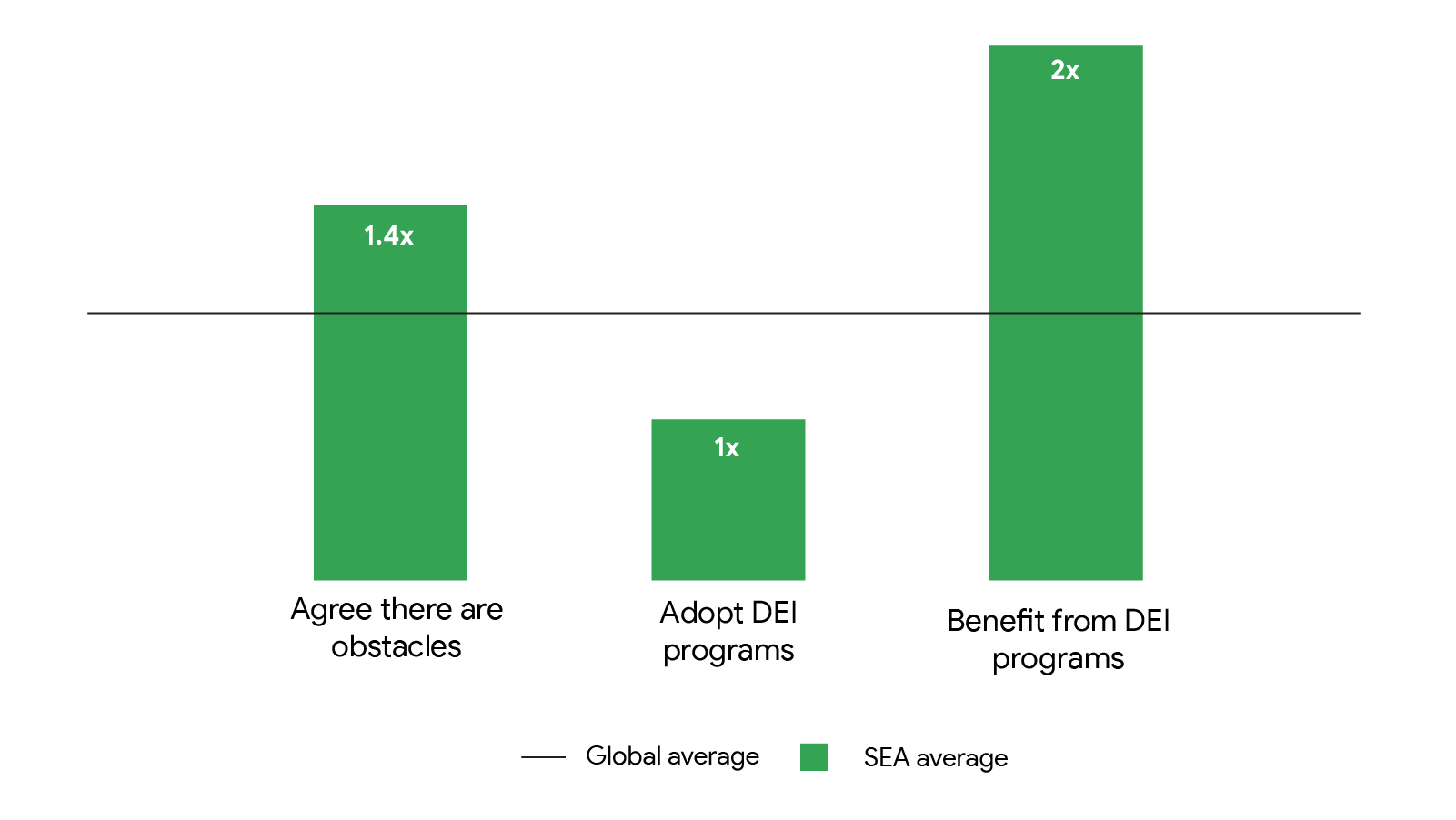
A key issue for companies that want to invest in DEI is where to begin. Putting strong diversity initiatives, policies and programs in place will contribute greatly to the well-being of employees. As a starting point, our study identified areas of intervention that were ranked much higher in some countries than the SEA average, including parental leave in Singapore, executive coaching in Indonesia and public commitments from senior leaders in Vietnam.
Some markets in SEA have specific DEI interventions top-of-mind
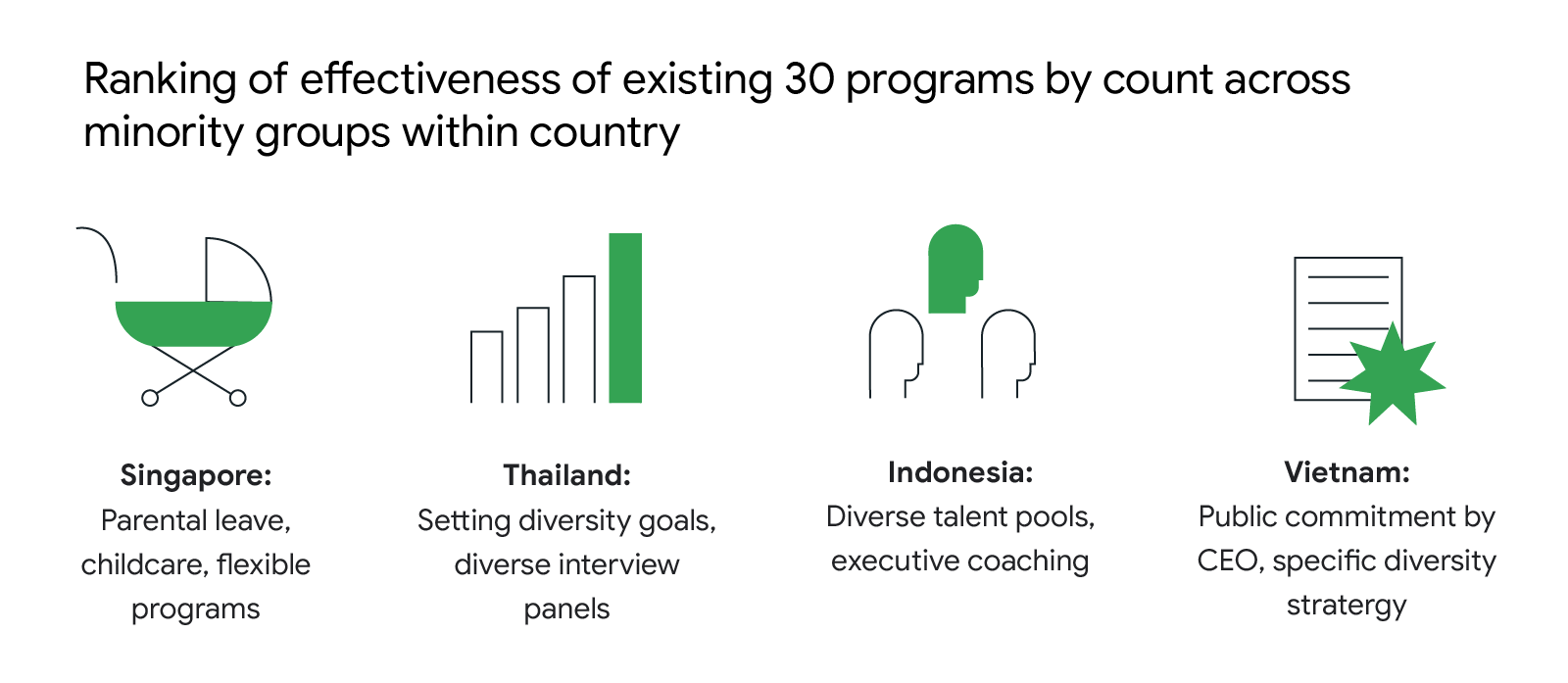
DEI is no longer only the morally right thing to do. For companies that fail to acknowledge it, it could potentially harm a brand’s reputation and financial growth. Not only is it a vital enhancer for further innovation, better results and higher employee engagement and retention, it also gives organizations a competitive edge.
With such a diverse workforce, companies in SEA have access to a tremendous resource. But they also need to be more systematic in setting up long-term structures to support DEI, leading to more sustainable business success. Getting this right will be better for a company’s bottom line and for its employees.


